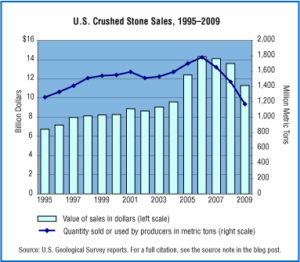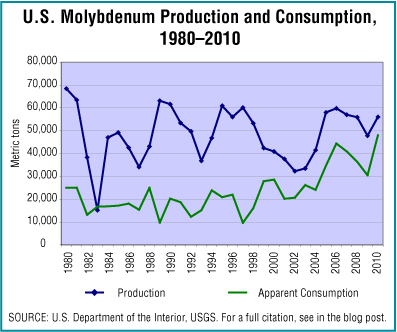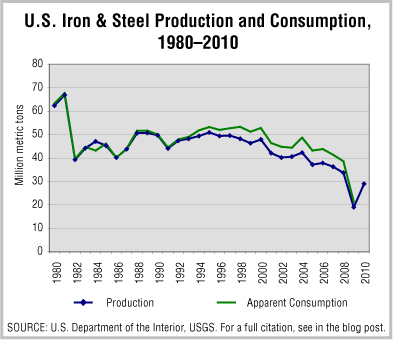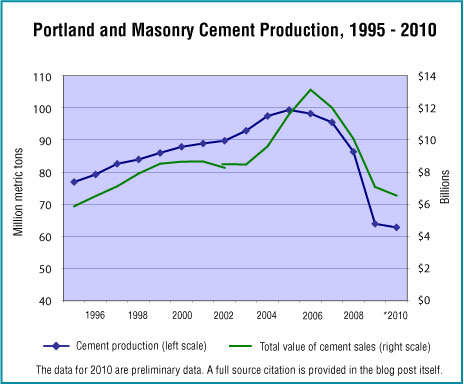An article about wedding jewelry caught our attention. In a New York Times article over the weekend the subject of how much is spent in the United States annually on diamond engagement and wedding rings was presented. According to the article, couples paid an average of $4,000 on engagement rings in 2012 and another $1,000 for her wedding band, $500 for his. Now, averages, as we know, can be deceptive. What we were unable to find are statistics on just how many of these rings were purchased, which would be nice to know since the range in price for a diamond ring can be quite large. What we can say, by way of putting today’s market size into some context, is that in each year between 2000 and 2011 the number of marriages in the United States was between 2 and 2.3 million.
Today’s market size is the total value of diamond engagement and wedding jewelry sold in the United States in 2012.
Geographic reference: United States
Year: 2012
Market size: $11 billion
Source: Tara Siegel Bernard, “With Engagement Rings, Love Meets Budget,” The New York Times, February 1, 2014, page B1, available online here.
Original source: Bain & Company
Posted on February 3, 2014







